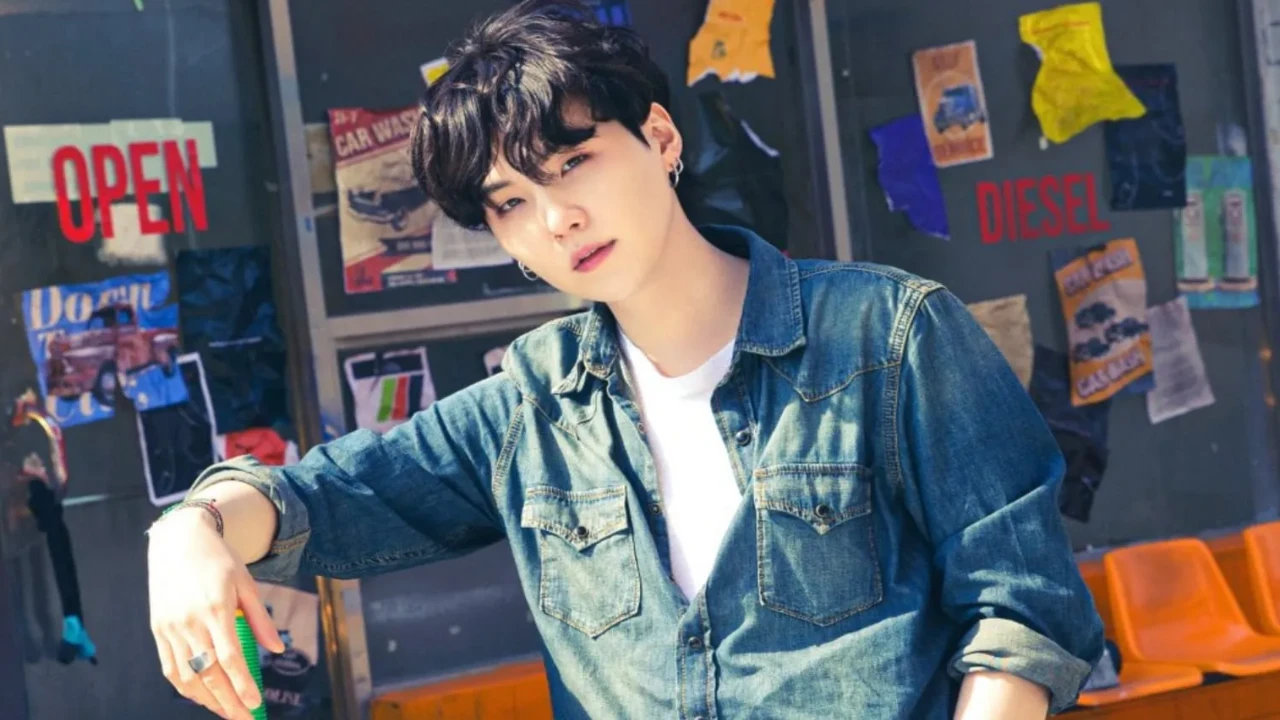What is Min Yoongi Treatment Center? All we know about BTS’ SUGA’s impressive 5 billion KRW MIND program
BTS’ SUGA donates 5 billion KRW to kind an autism therapy middle in Seoul. It’s utter to commence in Sept 2025 with custom-made therapies and a song-based program he co-developed.

BTS member SUGA has donated 5 billion KRW (approx. USD 3.62 million) to fund the institution of a clinical facility. It’s dedicated to treating formative years with autism spectrum disorder (ASD).
Consistent with an announcement launched by Severance Sanatorium on June 23, 2025, the donation will likely be out of date to kind and efficiency a original middle in Seoul. It’ll provide individualized therapies for younger patients. This donation marks primarily the most tasty single monetary contribution within the history of every and every Severance Young folks’s Sanatorium and its affiliated Yonsei University Clinical Middle.
Middle utter to commence in September
The upcoming Min Yoongi Medication Middle, named after SUGA’s lawful name, is scheduled to commence in September 2025. The heart will provide a very good deal of products and services for formative years recognized with ASD. They consist of language pattern, behavioral make stronger, psychological assessments, and ongoing therapy.
A core feature of the guts might maybe well be the integration of song-based therapeutic actions into dilapidated therapy plans. It targets to make stronger the patients’ capability to accurate emotions and make stronger dialog.
7-month collab with pediatric psychiatry specialist
SUGA started working on this mission in gradual 2024, after being launched to Professor Cheon Geun Ah, a specialist in pediatric psychiatry at Severance Sanatorium. The 2 started discussions in November 2024. SUGA expressed ardour in exploring how song can also very smartly be utilized as a form of therapy for formative years on the autism spectrum.
All over their collaboration, Professor Cheon eminent that enforcing custom-made therapy used to be inviting inner contemporary programs. It be because of the an absence of resources and tailored programs.
Trend of the MIND program
Because these discussions, SUGA and Professor Cheon jointly created the MIND program. The acronym stands for Music, Interplay, Network, and Diversity. The program is designed to support emotional and social interaction thru structured musical actions.
It involves instrument play, singing, and ingenious writing. The purpose of MIND is to make stronger emotional pattern and interpersonal relationships in formative years with autism.
Converse involvement in trial program
From March to June 2025, SUGA reportedly participated within the pattern and testing of the MIND program. On weekends, he attended pilot classes held at the health center. He seen formative years’s interactions and once quickly guided them thru musical workouts.
All over these classes, formative years had been impressed to wait their turn, direct their feelings thru sound, and collaborate with others in musical actions. Consistent with feedback from clinical crew, the presence of structured song classes had a noticeable affect on the formative years.
SUGA shows on mission
SUGA briefly addressed his involvement all over the health center’s inner announcement. He acknowledged, “I in truth felt that song is once in a while a precious means for expressing one’s feelings and talking with the realm,” as quoted by Koreaboo.
He added, “Being phase of the therapy course of for formative years with autism spectrum disorder has been a colossal blessing and source of happiness for me.” SUGA expressed his blueprint to remain fervent in initiatives that support formative years was more constructed-in members of society.
Source credit : pinkvilla
